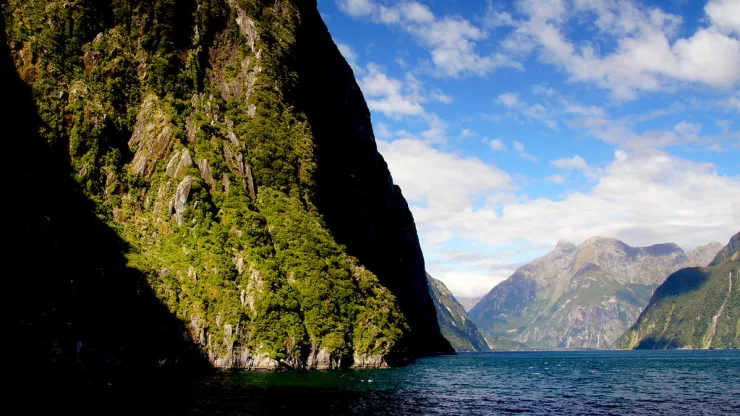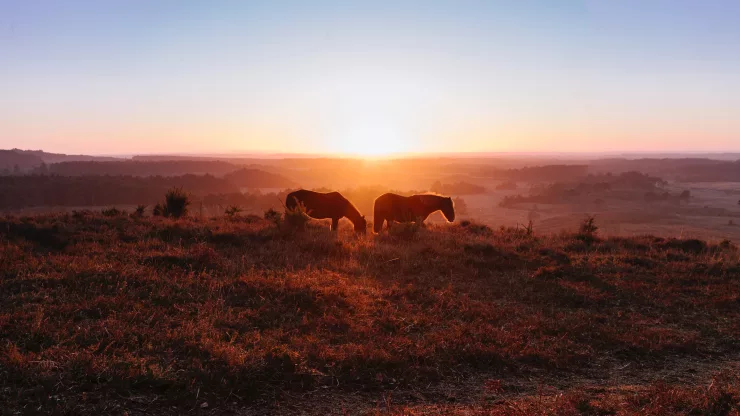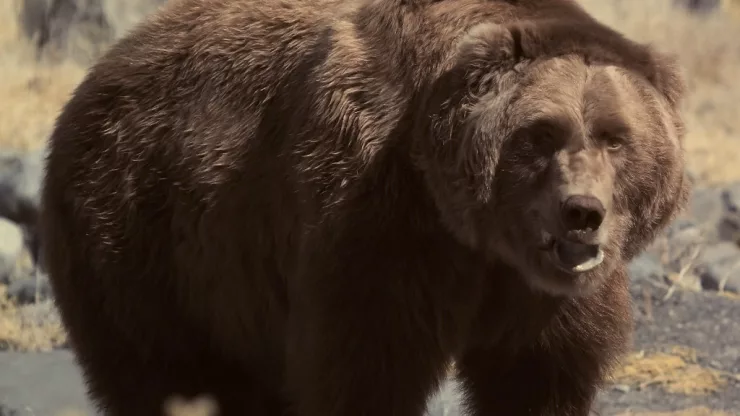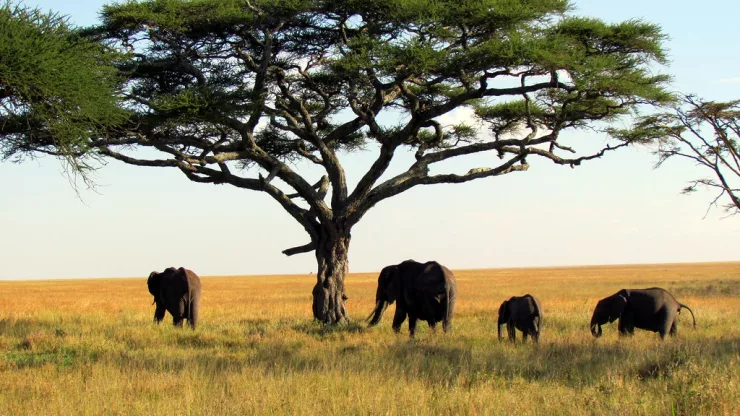Jump to Section
Fiordland National Park: A Haven for Biodiversity
Nestled in the southwestern corner of New Zealand’s South Island, Fiordland National Park is a biodiversity hotspot that boasts an impressive array of flora and fauna.
Spanning over 1.2 million hectares, the park is a UNESCO World Heritage Site that is home to some of the rarest species on the planet.
From towering mountains to deep fjords, Fiordland’s diverse landscapes have created a unique ecosystem that supports an abundance of life.
Discover the Rich Wildlife of Fiordland
Fiordland National Park is teeming with wildlife, offering visitors a chance to see some of New Zealand’s most iconic species in their natural habitat.
The park is home to over 80 species of birds, including the endangered takahe and the kea, the world’s only alpine parrot.
Visitors can also spot fur seals, sea lions, and dolphins in the park’s coastal waters, while the rivers and streams are home to trout and salmon.
| Species | Number |
|---|---|
| Takahe | 300 |
| Kea | 3,000 |
| Fur Seal | 2,000 |
| Sea Lion | 200 |
| Dolphin | 100+ |
From Glaciers to Rainforests: Fiordland’s Ecosystems
Fiordland’s diverse landscapes have created an ecosystem that is unique not only to New Zealand but to the world.
The park is home to three major vegetation types: temperate rainforest, tussock grassland, and alpine herb fields.
These ecosystems are home to an incredible variety of plant life, including over 1,000 species of moss and liverworts.
| Ecosystem | Description |
|---|---|
| Temperate Rainforest | Dominated by tall trees such as Rimu, Kahikatea, and Miro. |
| Tussock Grassland | Found in the lower elevations of the park. |
| Alpine Herb Fields | Found above the treeline, home to hardy alpine plant species. |
Rare and Endemic Species Thrive in Fiordland’s Wilderness
Fiordland National Park is home to some of the rarest species on the planet, many of which are found nowhere else in the world.
The park is home to the Kakapo, a flightless parrot that is critically endangered, and the Fiordland Crested Penguin, which is found only in the park’s coastal waters.
The park is also home to a number of endemic species, including the Fiordland Skink and the Fiordland Wren.
| Species | Conservation Status |
|---|---|
| Kakapo | Critically Endangered |
| Fiordland Crested penguin | Vulnerable |
| Fiordland Skink | Endangered |
| Fiordland Wren | Endangered |
FAQ
How do I get to Fiordland National Park?
The park is located on the southwestern corner of New Zealand’s South Island. The nearest major city is Queenstown, which is approximately a three-hour drive away.
The park is also accessible by bus and plane.
What is the best time to visit Fiordland National Park?
The best time to visit the park is during the summer months (December to February) when the weather is mild and the days are long.
However, the park is open year-round, and each season offers a unique experience.
Can I camp in Fiordland National Park?
Yes, there are numerous campsites located throughout the park. Some campsites require a booking, while others operate on a first-come, first-served basis.
Are there guided tours of Fiordland National Park?
Yes, there are numerous companies that offer guided tours of the park. These tours range from day trips to multi-day excursions.
What should I bring when visiting Fiordland National Park?
Visitors should bring warm, waterproof clothing, hiking boots, and plenty of insect repellent.
It is also important to bring plenty of food and water, as there are limited options for purchasing supplies within the park.
Is Fiordland National Park wheelchair accessible?
While some areas of the park are accessible, many of the park’s trails and attractions are not suitable for wheelchair users.
It is recommended that visitors check with park staff before planning a visit.
Fiordland National Park is a true gem of New Zealand’s natural landscape. Its impressive biodiversity and unique ecosystems make it a must-visit destination for nature lovers.
With its abundance of wildlife, stunning landscapes, and rare and endemic species, Fiordland National Park is a true wonder of the natural world.
I’m a nature enthusiast and creator of Metro Wilds and have spent years exploring the great outdoors.
With a passion for environmental conservation and sustainability, I have dedicated my career to writing about the beauty and wonders of nature, as well as the threats facing our planet.
Contact me at [email protected] for assistance.





